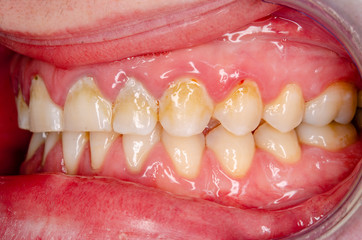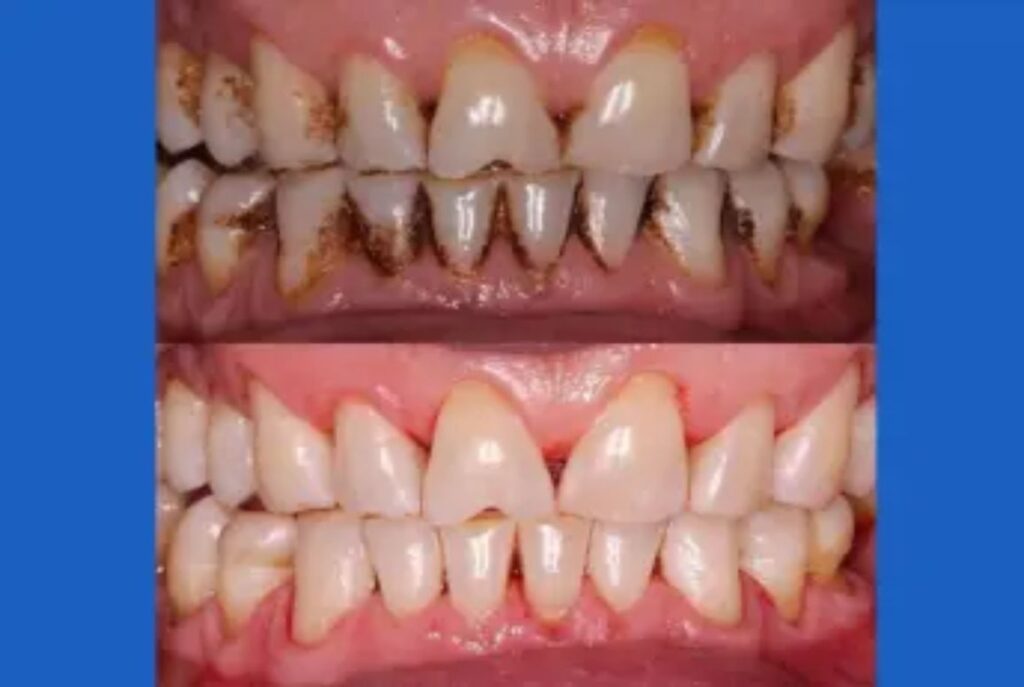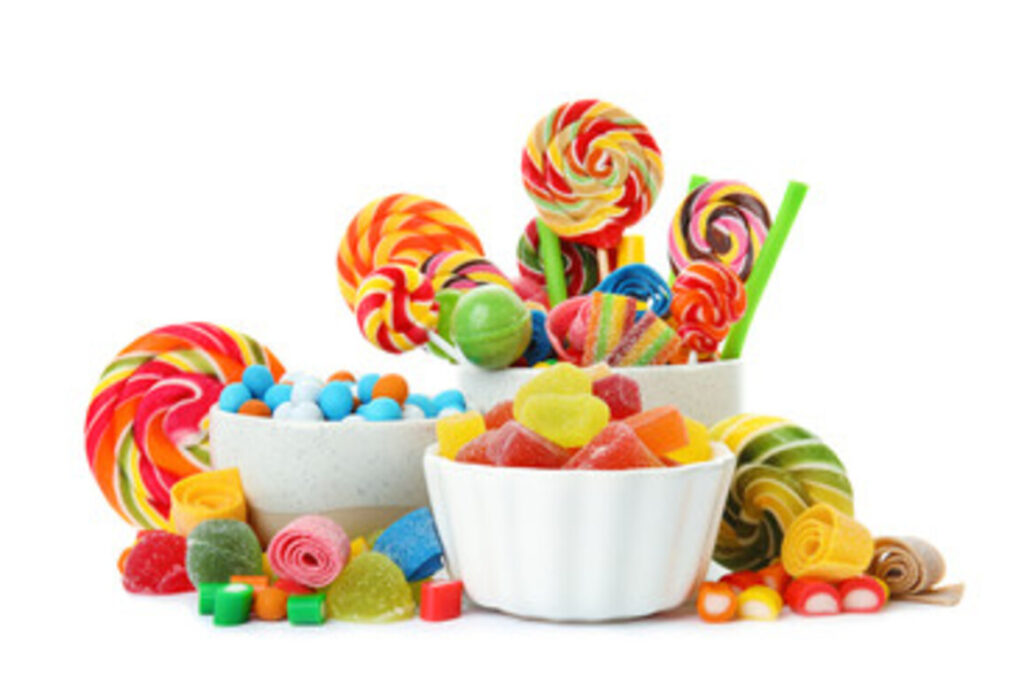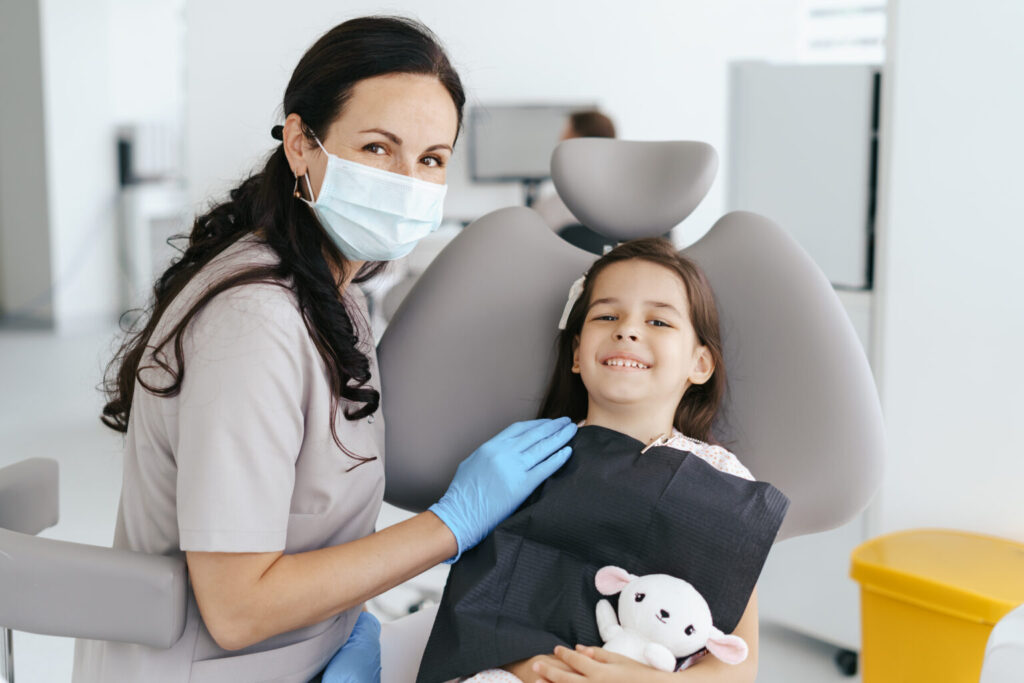Maintaining good oral hygiene is as important as having a wonderful smile. Imagine yourself talking to someone important such as your boss, colleague, relatives, or friends, and notice them staring at your teeth while talking to you. This might risk your own impression on to others and also this will lower your self-confidence while having a conversation. true they say “first impression is the last impression”.
Improper brushing techniques can lead to the accumulation of plaque which leads to the formation of dental calculus also commonly called tartar. Calculus if not removed might lead to severe oral health issues such as bad breath, gum inflammation, receding gums, periodontal diseases, and increased mobility of the tooth. Dirty teeth promote easy and faster bacterial growth over and around the teeth which leads to demineralizing of the sound tooth structure over a period of time. Such a tooth is more prone to dental caries and if the caries involve deeper layers of the tooth will eventually lead to tooth pain.
DENTAL PLAQUE

Dental Plaque is a thin biofilm that is a sticky and colorless film of bacteria that gets accumulated on the tooth surface. Bacteria in the plaque use carbohydrates such as sugar to produce acid which dissolves healthy tooth structure. Regular tooth brushing helps to remove this layer as soon as it is formed.
DENTAL CALCULUS
Dental calculus is a hard calcified deposit formed around the teeth along the gum line or any other area of the tooth. Plaque if not removed will get hardened over time which is called calculus or in common terms it is known as tartar. Calculus cannot be removed by brushing, usually, it requires one to visit a dentist to get his/her teeth cleaned.
TEETH CLEANING TOOLS
Everyone should brush their teeth twice a day for 2- 3 minutes. This helps to regularly remove plaque and wash out and food particles from teeth. Tools for cleaning teeth on a regular basis include a toothbrush, toothpaste, mouthwash, dental floss, interdental brush, and tongue scraper.
TOOTHBRUSH
The toothbrush is the primary equipment used for cleaning your teeth daily. The toothbrush has a long handle on one end and a cluster of tread-like bristles on the other end. These bristles clean hard to reach the surface of the teeth like the gum line area and interdental spaces. There are many types of toothbrushes available in the market depending upon the size of the bristles e.g. hard, medium, soft, and ultra soft bristle brushes. One is advised to use soft brushes to avoid any excessive external forces put upon the tooth. newer toothbrushes such as electric toothbrushes are also available in the market. The brush should be used in a circular motion and moving the head on the brush from the gums to towards teeth in a sliding motion. One should change his/her brush after every 3 months.
TOOTHPASTE
Toothpaste is a dentifrice in a paste form used along with a toothbrush for cleaning our teeth. The proper way of using pastes is that one should only dispense a pea size amount onto the toothbrush and push the paste inside the bristles with the help
of your finger and then carry on with the brushing. types of pastes are fluoridated or non – fluoridated, medicated toothpaste, flavored toothpaste, and toothpaste for children. One should make use of fluoridated pastes as it prevents tooth decay.
MOUTHWASH
Mouthwash is a liquid used for cleaning our oral cavity by holding it inside our mouth and swirling the same for a few minutes before you discard the mouthwash. Mouthwash shouldn’t be swallowed. One should remember to keep one hour gap between brushing and using the mouthwash as it might wash away fluoride from the toothpaste. Mouthwash can be medicated such as chlorhexidine gluconate which should not be used for a longer period of time.
DENTAL FLOSS
Dental floss is a thin tread made up of filaments of silk or nylon used for removing food debris, a dental plaque from interdental areas. these are the places where a toothbrush cannot reach. floss should be used at least once per day. One should roll the floss on the index fingers of both hand and move the thread in between every tooth. nowadays dental floss you can even get floss that is already mounted onto a handle. this makes flossing very easy and quick.
INTERDENTAL BRUSHES
An interdental brush is a small brush that has a soft bristle along a small linear flexible wire which is 1- 1.5 cm long. it is used in-between two teeth which have no contact area and have an interdental space. it is also used during orthodontic treatment. These brushes come in different sizes which can be picked by your dentist.
TONGUE SCRAPER
A tongue scraper or a tongue cleaner is used to clean the upper region of the tongue. The tongue has numerous thread-like projections called papillae which promoted the retention of plaque and bacteria which lead to the formation of a thin layer of coating. this might lead to halitosis (bad breath) later on. Tongue cleaners should be used in a scraping motion. One should not overuse a tongue scraper which might cause injury to the tongue and should be used with a light hand.
Frequently Asked Questions (FAQs)
1. Why is professional teeth cleaning important?
Professional teeth cleaning removes plaque and tartar buildup that regular brushing can’t, preventing gum disease, cavities, and bad breath while enhancing your smile.
2. How often should I get my teeth cleaned by a dentist?
It’s recommended to visit your dentist every 6 months for professional cleaning to maintain healthy gums and stain-free teeth.
3. What are the best tools for teeth cleaning at home?
Use a soft-bristled toothbrush, fluoridated toothpaste, dental floss, mouthwash, interdental brush, and a tongue scraper for complete oral hygiene.
4. What causes plaque and tartar buildup on teeth?
Plaque forms from food particles and bacteria that stick to the teeth. If not removed by brushing and flossing, it hardens into tartar, which requires professional cleaning.
5. Is dental cleaning painful?
No, dental cleaning is generally painless. Mild sensitivity may occur in some cases, but professional scaling and polishing are safe and comfortable procedures.
6. Can teeth cleaning whiten my teeth?
Yes, professional cleaning removes surface stains caused by tea, coffee, or smoking, giving your teeth a naturally brighter appearance.
7. What is the difference between plaque and tartar?
Plaque is a soft, sticky film of bacteria, while tartar (calculus) is hardened plaque that adheres to the tooth surface and can only be removed by a dentist.
8. How can I maintain clean teeth after professional cleaning?
Brush twice daily, floss once a day, use mouthwash, limit sugary or acidic foods, and schedule regular dental check-ups.
9. Who is the best dentist in Pune for teeth cleaning?
Dr. Manish Pathak at Pathak Dental Clinic, Pune, offers expert scaling, polishing, and preventive care using advanced dental tools and techniques for long-lasting oral health.
10. How can I book an appointment for teeth cleaning in Pune?
You can call Pathak Dental Clinic, Pune at 📞 +91 9762126132 or visit www.pathakdentalclinic.com to schedule your appointment.
If you have any problem related to gums or teeth, please visit Pathak dental clinic and Contact us at 9762126132.
Find the clinic here: Get direction
Call– +919762126132
Address: 11/11 Akurdi Chikhli Road, Near Dwarka Collection, Kasturi market,
Sambhaji Nagar, Thermax Chowk, Below Nutan Jewellers, Chinchwad, Pune,
Pimpri-Chinchwad, Maharashtra 411019




